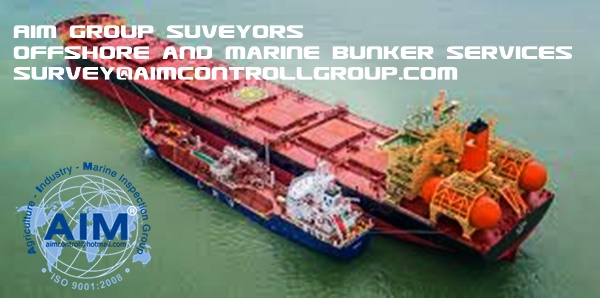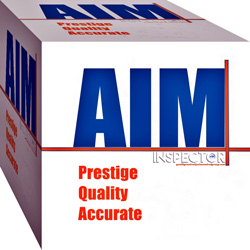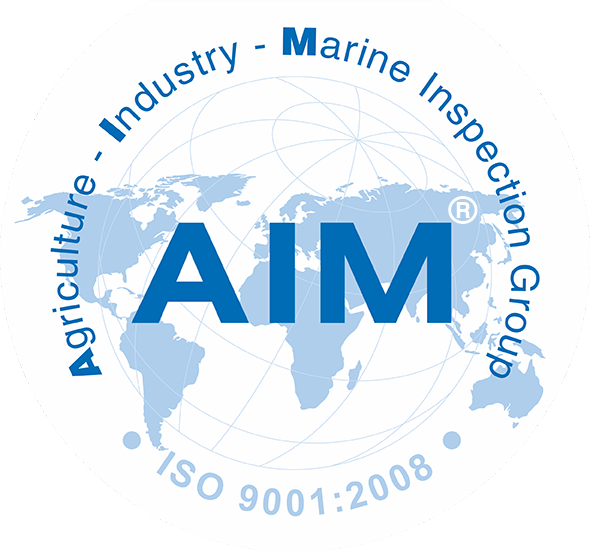- Marine and Cargo Survey / Offshore Inspection Services
- AGM certification
- A Ship surveying and inspection services
- PNI Correspondent and Surveyors of shipowners
- Marine warranty survey services
- Charterer surveyors
- Pre-loading survey / Loading inspection services
- Pre-purchase ship vessel inspection
- Tally clerk and cargo surveyors
- Marine Cargo Survey and Consultant
- Discharging Inspection Services
- Survey services for Insurance companies
- Safety supervision for shipping
- a New ship supervision at shipyard
- Ultrasonic Test services
- Vessel Condition Inspection Services
- Heavy lift control
- Marine services
- Heavy Lift Project Cargo Loading/ Unloading Supervision/ Survey
- Loading Masters
- Risk Analysis and Loss Prevention
- Ship collision inspection
- Ship Hull and Machinery Survey Surveyors
- Break / Bulk Cargoes Holds Condition Survey/Inspection
- Vehicle RoRo Ships Shipping Control Survey
- Sealing and Unsealing Services
- Loading and Discharging Supervision / inspection
- Tallying and Supervision Services
- Technical Inspection of Vessel and Equipments
- Pipes oil gas equipment inspection
- Cargo Visual Inspection services
- Towage approval survey
- Cargo Container Inspection Services
- Cargo Hatch Covers Test and Inspection
- Ship Hull Cleaning / Propeller Polishing
- Tank coating condition survey / coating condition inspection
- Bunker Survey Inspection
- Damage expertise surveyors
- Draft Surveys
- Damage Marine Cargo Surveyor
- Off-shore - Divers Services
- Container Inspection, QA/QC
- IMDG Cargo Inspection Certificate
- Dry Cargo Inspection Surveyor
- Tank inspection
- Quality Control Quantity Inspection Certification Services
- Load securing Inspection
- Hose Handling Inspection and Testing
- Vessels Barges Calibration
- Crane Test Inspection
- Classification/ Register of Vessel
- Marpol VI
- Cargo Line Testing
- Marine Ship Surveyors and Consultancy
- Port Capt.
- Damage Survey
- Claims Insurance Recoveries
- Marine cargo surveyor
- Cargo inspection services transportation at sea
- Expedite witness
- Agriculture Goods Control / Commodities Inspection Services
- Industry Inspection Services
- Others
Offshore and marine bunker survey inspection services
AIM Marine bunker surveys services of AIM (CONTRACTOR) for operation of offshore & Rig system and maritime
Bunkers refer to marine fuel oil, marine diesel oil or marine gas oil supplied to vessels for their own use. It is also a general name for fuel consumed by vessels. What is Bunkering? Bunkering refers to the supply of bunker fuels to ships.
Work description
CLIENT shall give AIM at least five (5) days advance notice for the initial mobilization for AIM Equipment and AIM Personnel.
The subsequent mobilization will be on twenty-four (24) hours on a "call-out" basis.
AIM services personnel concerned is responsible for ensuring that the vessel, its equipment and its certificates are checked thoroughly and completely. Surveyors are also responsible for obtaining an accurate quantity of bunkers onboard, before and after the fuel transfer operation.
Fuel Transfer Survey services (Bunker Stem survey)
Upon receiving the survey assignment, AIM service personnel establishes estimate time of arrival of the vessel, this is to facilitate the surveyor onboard in timely manner so as to avoid time delay.
Prior to the fuel transfer operation, the AIM services personnel shall:
AIM services personnel obtain the forward and aft drafts of the vessel, as well determine vessel's list if any.
AIM services personnel verify with the vessel’s Chief Engineer the nominated tanks, grades and quantities. Carry out opening (before transfer) gauges of all nominated and non-nominated bunker tanks onboard and any tank space(s) related to the fuel transfer receiving system.
AIM services personnel acknowledge of manual gauging of clear distillates such as MGO, “oil finding paste” should be used to get much accurate reading on the sounding tape.
AIM services personnel check free water detection with “water finding paste” or any appropriate equipment. Any positive detection is to be recorded in “vessel sounding/ullage report”.
AIM services personnel measure or note the reference height of the sounding pipe and make comparison against the tank calibration table.
AIM services personnel ensure the original tank calibration table used for tabulating bunker quantities was properly endorsed by proper classification society.
AIM services personnel must record opening readings of the flow meter if made available. Check the type and design of the flow meter, date of last calibration and certificate of verification, if any.
AIM services personnel apply the trim and list correction accordingly when calculating O.B.Q.
AIM services personnel ensure with vessel’s Chief Engineer that piping and valve arrangements are properly lined-up to receive bunker.
AIM services personnel stay vigilant throughout the fuel transfer operation, any abnormal activities or delays are to be reported to the client arid recorded in “Time Log” or “Notice of Discrepancy” as appropriate.
AIM services personnel take the picture of final figure of both vessel and fuel transfer plant. This document will be support to the invoice as support document.
AIM prepares timesheet to submit to CLIENT’s representative on Worksite for signature. This document shall be presented with the invoice as part of the support document.
AIM services personnel prepare the completed forms, fuel transfer documents and bunker samples taken should be delivered to the clients as soon as possible after completion of the survey.
The survey forms, other enclosures and related correspondence shall be retained for a minimum of 3 years after completion of the survey.
ON/OFF Hire Consumables Survey services
Obtain the forward and aft drafts of the vessel or barge, as well determine the list if any.
Check the general arrangement of the vessel or barge, in particular to the piping system and the tanks, including empty spaces.
Obtain the general ship’s or barge’s particulars.
Gauges of all consumables tanks such as Fuel Oil, Fresh Water, Drill Water, Lubricating Oil onboard and any related tank space(s).
Where the survey is done on a supply vessel or rig, determine as well the quantity of different oil (including those in drums), cement, mud, barites and other drilling materials.
For manual gauging of clear distillates such as MGO, “oil finding paste” should be used to get much accurate reading on the sounding tape. Free water detection with “water finding paste” or any appropriate equipment. Any positive detection is to be recorded in “vessel bunker report”.
Measure or note the reference height of the sounding pipe and make comparison against the tank calibration table.
Ensure the original tank calibration table used for tabulating bunker quantities was properly endorsed by proper classification society. Apply the trim and list correction accordingly when calculating consumables quantity.
Record the time of On/Off hire and time of obtained consumables quantity, and advice the client if appropriate. The completed forms should be delivered to the clients as soon as possible after completion of the survey.
Offshore CO/FO/DO survey services
Toolbox meeting between AIM service personnel and related offshore persons must be organized with Job Safety Analysis (JSA) prior to conducting the survey.
Permit to work must be obtained.
The AIM services personnel conduct similar steps as of above services and follow marine survey procedure.
CO/FO/DO survey reports must obtain the signature of Field Superintendent or Deputy Field Superintendent in charge marine operation.
Stand-by rate is calculated just in case AIM services personnel has to go out offshore earlier or turn back town later than normal working schedule due to not availability of supply boat, helicopter.
At AIM Group, the vessel bunker fuel survey professionals provide professional quantity inspection services for clients on a global and ports consiting of sampling and analysis based IMO and quality and quantity of delivered fuels during bunkering.
We also investigate bunker oil quality to identify and report to customers to prevent fraudulent practices.

Bunker Survey Inspection
Bunker Survey



_crop_Bunker_Survey.jpg)



